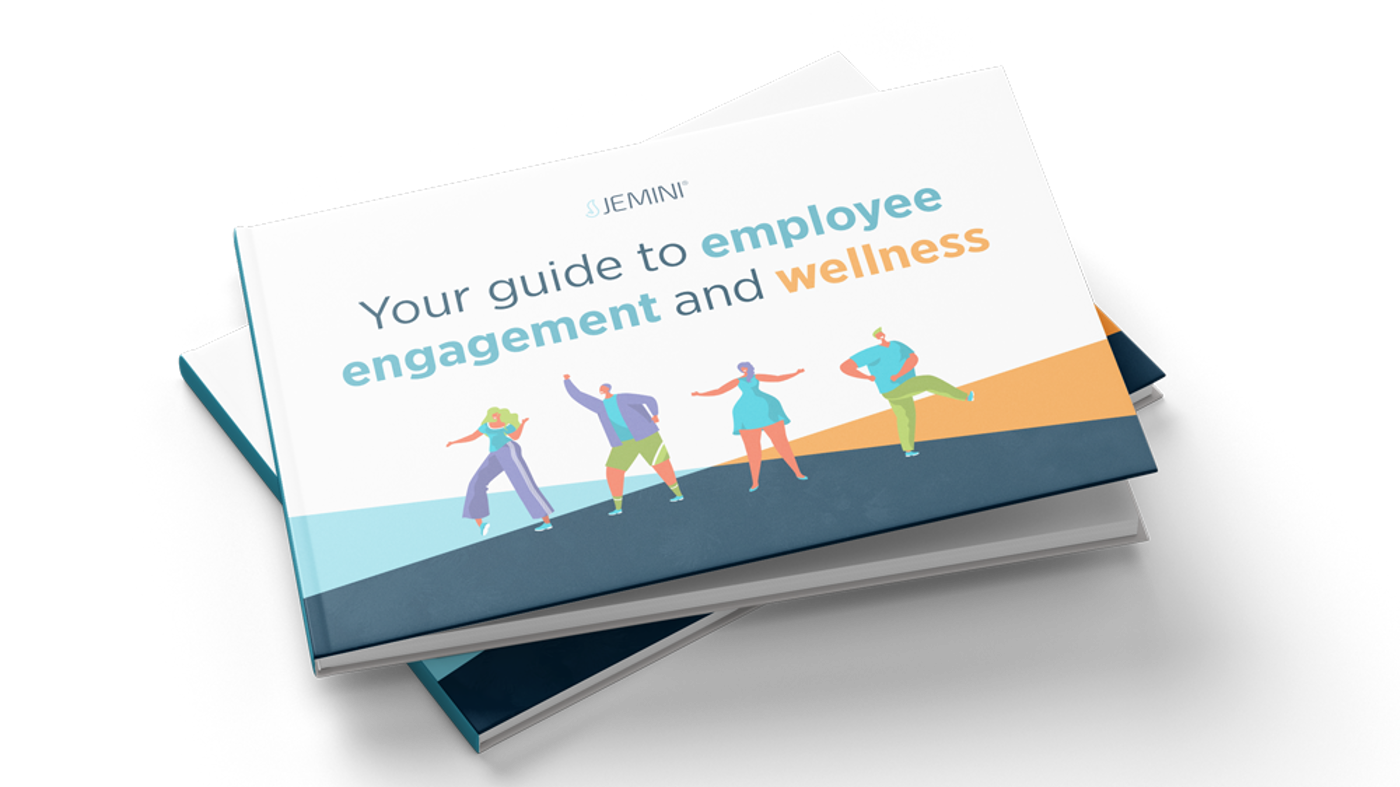As 2020 draws to a close, it’s understandable that workplace stress is at an all-time high. The pressure on businesses and employees to merely survive, let alone thrive, is greater than ever before. What may have been regarded as minor workplace irritations in previous years are magnified into major ones in these challenging times.

How do you spot stress?
Typified by ‘burnout’, stress manifests itself in several ways. The most typical outcome is chronic exhaustion, which is usually caused by unmanaged long-term workplace stress.
And it’s a very real problem. Research by coaching company, Talking Talent, found that in the UK alone, 57% of the workforce feels burnt out by workplace stress. This rises to 67% for working parents.
How can you recognise it in your own workforce? You may observe or hear from employees saying they feel as though they are:
- Running on empty, with exhausted reserves of energy and enthusiasm
- Finding it hard to care about their job or workmates, feeling negative, cynical, or defeated
- Struggling to be effective at their job
These emotions are not only stressful for employees, but can impact your business by reducing productivity levels (and therefore impacting profitability), increased absenteeism (costing NZ businesses $1.8 billion in 2018 alone), and an exodus of valued talent.
While it’s easy to point the finger at COVID-19, workplace stress is also a symptom of unreasonable employer expectations, unclear objectives and roles, harassment, or bullying.
Stress busting strategies
If left unchecked, workplace stress can snowball. Unhappiness is contagious.

It’s critical that you take practical action sooner than later, starting with your HR strategies. It’s the job of the HR professional to foster sanity in a world that often looks like it’s gone mad! Here are some tried and true strategies to implement:
- Wellness checks – ask your employees how they are feeling. Gauge the mood of the workplace and the issues that are causing stress on a companywide basis using HR software survey or check-in tools.
- Wellness programmes – designed to help eliminate or reduce employee stress levels at work and home, these programmes can include stress management workshops, gym subsidies, and at work massages.
- Be flexible – while working from home is now a norm for many rather than an exception, providing the ability to work around the stresses of a home office environment is important. Consider more flexible hours where possible for those who have small children or are limited by the confines of their home environment (for example, the dining table doubles as a desk, and a bedroom as an office).
- Health and safety – check that employees have the tools and facilities they need to do their job in comfort, without strain or compromise. The cumulative impact on someone’s attitude and mood after a year of sitting on an uncomfortable or ageing chair can be disproportionate to the cost of simply upgrading it!
- Be kind, and available – keep an open door policy to discuss in confidence issues like bullying, or unfair workloads.
- Celebrate – recognise milestones and individual or collective achievements. While it may not directly impact an instance of stress, it does lift morale and help develop a more positive and robust workforce who are better equipped to manage their ability to deal with workplace pressures.
Recognise and reward
The cost to your business and your employees of inaction in addressing workplace stress is too high. Furthermore, applying a ‘fix’ after the fact is a more expensive and complicated exercise than designing and implementing an effective employee recognition programme to start with.
It’s only by keeping your finger on the pulse of your employees, and injecting support, relief, and moments of joy, that you can help balance the tough times with the good. But above all, don’t underrate the value of just listening to and acknowledging an employee’s grievance or concern. A little empathy during times of stress (backed by some sound strategies) goes a long way.
Explore more...
Share this page
Ready to transform your HR & Payroll process?




